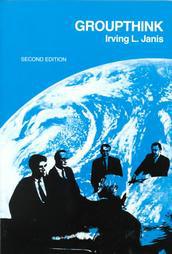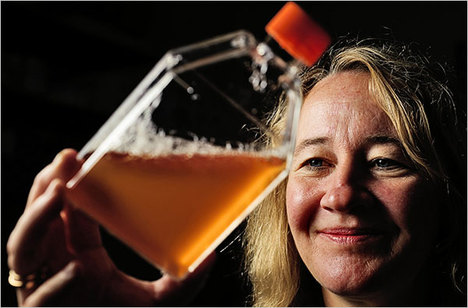(p. 122) “Their attitude is just like, ‘We’re Montessori kids,'” said Mayer. “We’ve been trained and programmed to question authority.”
Thus it wasn’t surprising to see that attitude as the foundation of Google’s culture. “Why aren’t there dogs at work?” asked Marissa, parroting the never-ending Nerdish Inquisition conducted by her bosses. “Why aren’t there toys at work? Why aren’t snacks free? Why? Why? Why?”
“I think there’s some truth to that,” says Larry Page, who spent his preschool and first elementary school years at Okemos Montessori Radmoor School in Michigan. “I’m always asking questions, and Sergey and I both have this.”
Brin wound up in Montessori almost by chance. When he was six, recently emigrated from the Soviet Union, the Paint Branch Montessori (p. 123) School in Adelphi, Maryland, was the closest private school. “We wanted to place Sergey in a private school to ease up his adaptation to the new life, new language, new friends,” wrote his mother, Eugenia Brin, in 2009. “We did not know much about the Montessori method, but it turned out to be rather crucial for Sergey’s development. It provided a basis for independent thinking and a hands-on approach to life.”
“Montessori really teaches you to do things kind of on your own at your own pace and schedule,” says Brin. “It was a pretty fun, playful environment– as is this.”
Source:
Levy, Steven. In the Plex: How Google Thinks, Works, and Shapes Our Lives. New York: Simon & Schuster, 2011.
(Note: italics in original.)





